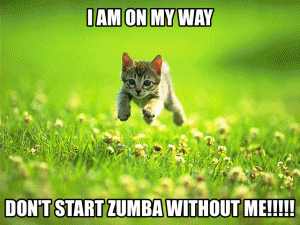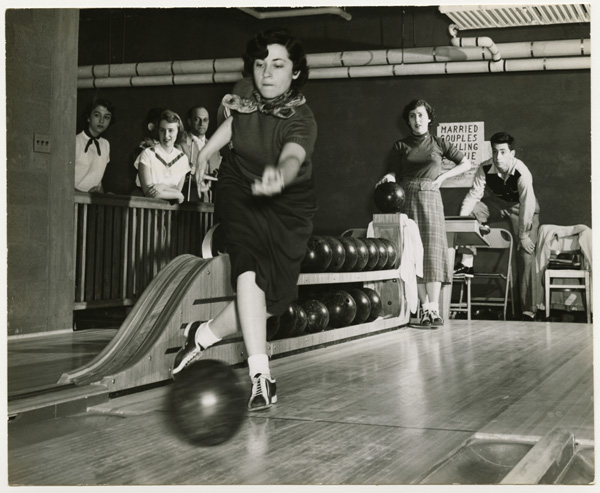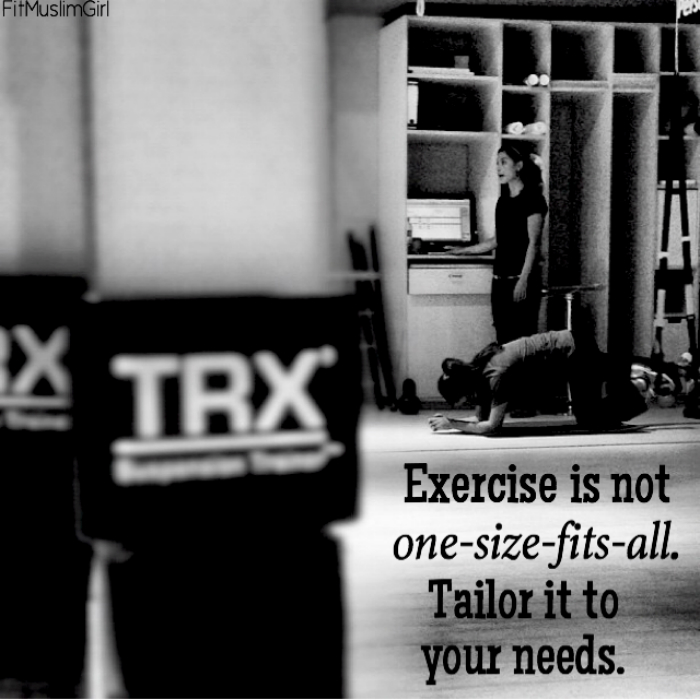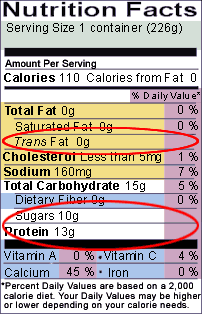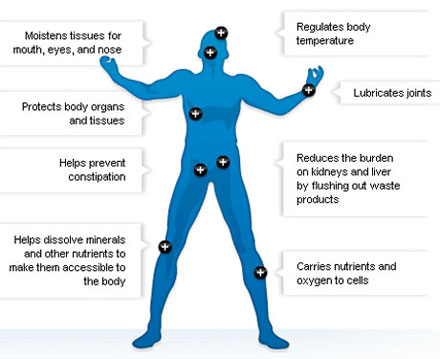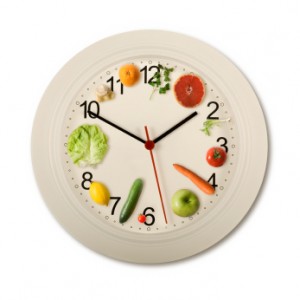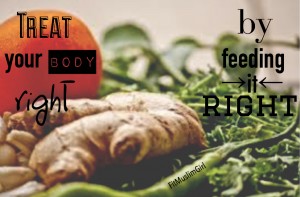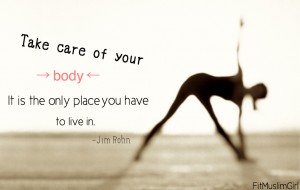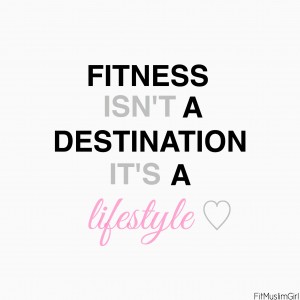Working out is no easy task. We get busy, tired, lazy, stressed or simply have other things we would rather be doing. But getting in a good workout is actually the best remedy for all of the above. It gets your blood circulating and heart pumping, it gives you energy, helps you to sleep better at night and can act as a great stress reliever.
The goal with a consistent exercise routine is to knock out all excuses. One of the most common excuses is, “I hate to exercise.” I find that the general population hates to exercise because they don’t really know what exercise is.
Let’s clear up a few key points about exercise before moving on:
- 60 miserable minutes on the treadmill is not the only form of exercise
- blood, sweat and tears does not equal exercise
- you do not need to be in shape to start
- a gym is a great resource, but is not the only answer
- a 10 minute workout still counts
- exercise can be fun!
Here are some exercises that are so fun you don’t even feel like your exercising:
1. Short Workouts
Ever tried HIIT training or Tabata? If you’re short on time these workouts are perfect for you…they can be as short as 5 minutes! The trick is to push your body to limits you never thought it could go. Spike your heart rate by quick, short bursts of exercise, and then follow it with a short active rest period. The cool thing about these workouts is you can do so much; sprints, plyometrics, strength training, rowing…just about any form of exercise you can think of can be turned into a HIIT workout.
2. Walking/Hiking
You don’t have to be dripping sweat and out of breath for your workout to be considered effective. Go for a brisk morning walk, even grab a coffee on the way, or get together with a group of friends and enjoy a beautiful day on the hiking trail while stopping for a picnic. That doesn’t sound like exercise to me!
3. Biking/Rollerblading
Whether you’re into hardcore biking or just enjoy a leisurely ride, biking or rollerblading can be great exercises. You can enjoy the outdoors on a beautiful day while getting your workout in.
4. Yoga
The great thing about yoga is there are so many different types that you’re bound to find something you like. From beginners to advanced to yoga therapy, yoga for relaxation, yoga for flexibility, strength training, even hot yoga or power yoga where you’ll find yourself wiping the sweat off your mat. Do your research, try a few different styles and decide which one your enjoy most, or even mix it up.
5. Group Fitness Classes
Group fitness classes are amazing! Not only do gyms typically have a wide variety of classes to choose from but they provide a great atmosphere of camaraderie and motivation. Typical gyms will offer classes in zumba, aerobics, kickboxing, kettlebells, spin class and more. You might like a mix throughout the week or you may search for a studio that specializes in the type of group class you enjoy.
6. Crossfit
A lot of women are afraid of weights. Crossfit is definitely an exercise that will get you over that fear. Learn proper form and push your muscles to their max with squats, deadlifts, weights, pushups and more.
7. At-Home Workouts
You may enjoy more solitude while you workout. There are countless DVDs out there ranging from total-body workouts to exercises targeting particular muscle groups, to dance and more. Pop a DVD in while your dinner is in the slow-cooker and you’re good to go!
8. Adult Sports Leagues
Were you active back in school? Do you ever miss being part of a team and competing? Join an adult sports league. Choose something you may have never tried like volleyball, softball, tennis or rowing, or kick it old school with something you used to do back in grade school like running, soccer o basketball.
9. Races
Races can be a fun way to get your exercise in, and many runs are set up as fundraisers for great charities. Try an adventure run, a color run, or simply run for a charity that you are passionate about.
10. Swimming
Swimming is a low-impact exercise that is great for your heart, muscles and joints. Get in a pool and start swimming some laps, or if you don’t know what to do on your own, try a water aerobics class.
11. Get Active
Next time your friend wants to meet for coffee, suggest something active instead. Go for a walk, throw a frisbie, fly a kite, go bowling, or anything else that gets you up and moving.
12. Play with the Kids
Don’t just bring your kids to do fun activities to sit and watch. Spend some time with them and engage in those activities. Play tag outside, bring them to the playground, an indoor trampoline park or bring back your childhood games and play with them. Not only is it your exercise but it’s setting a great example for your kids to be fit and active.
13. Clean
Don’t feel like working out? Well I’m sure you don’t feel like cleaning either but remember those tedious house tasks that you keep saying you will get to but never do? Skip a day at the gym and instead get some house-cleaning done, especially the tasks that you’ve been putting off for months. You can also make cleaning time Qur’an time. Most of us probably don’t read or listen to Qur’an as much as we should. I like to play it in the house while I’m cleaning to be extra productive and feel good.
14. Ditch the Car
Ditch the car whenever possible. If you work or go to school close by, swap the car for a walk or bike ride. If your gym is close to your house, jog over as your warm-up. Always take the stairs instead of the elevator and choose walking or biking over driving whenever possible.
15. Stop Sitting
If you have a desk job it’s a good idea to take a break and get some movement in every hour or so. Studies show that sitting all day can not only lead to back problems but also heightens the risk of heart disease, even if the person is thin and exercises regularly. Take a short, 1 or 2 minute walk around the building, or, if you have a private office or cubicle, you might even throw in some squats, pushups and stretches every hour. You can also use your lunch break to get active. Take a walk or go up and down the stairs a few times.
You see, the possibilities for exercise are endless. You don’t have to have a treadmill or a sweat rag. Any type of movement truly counts. It’s not about the calories you burn but it’s about getting the heart pumping and staying active for long-term health.
What types of exercise do you do for fun? Did I miss any that you want to add to the list? Comment below!
Featured Image Credit





